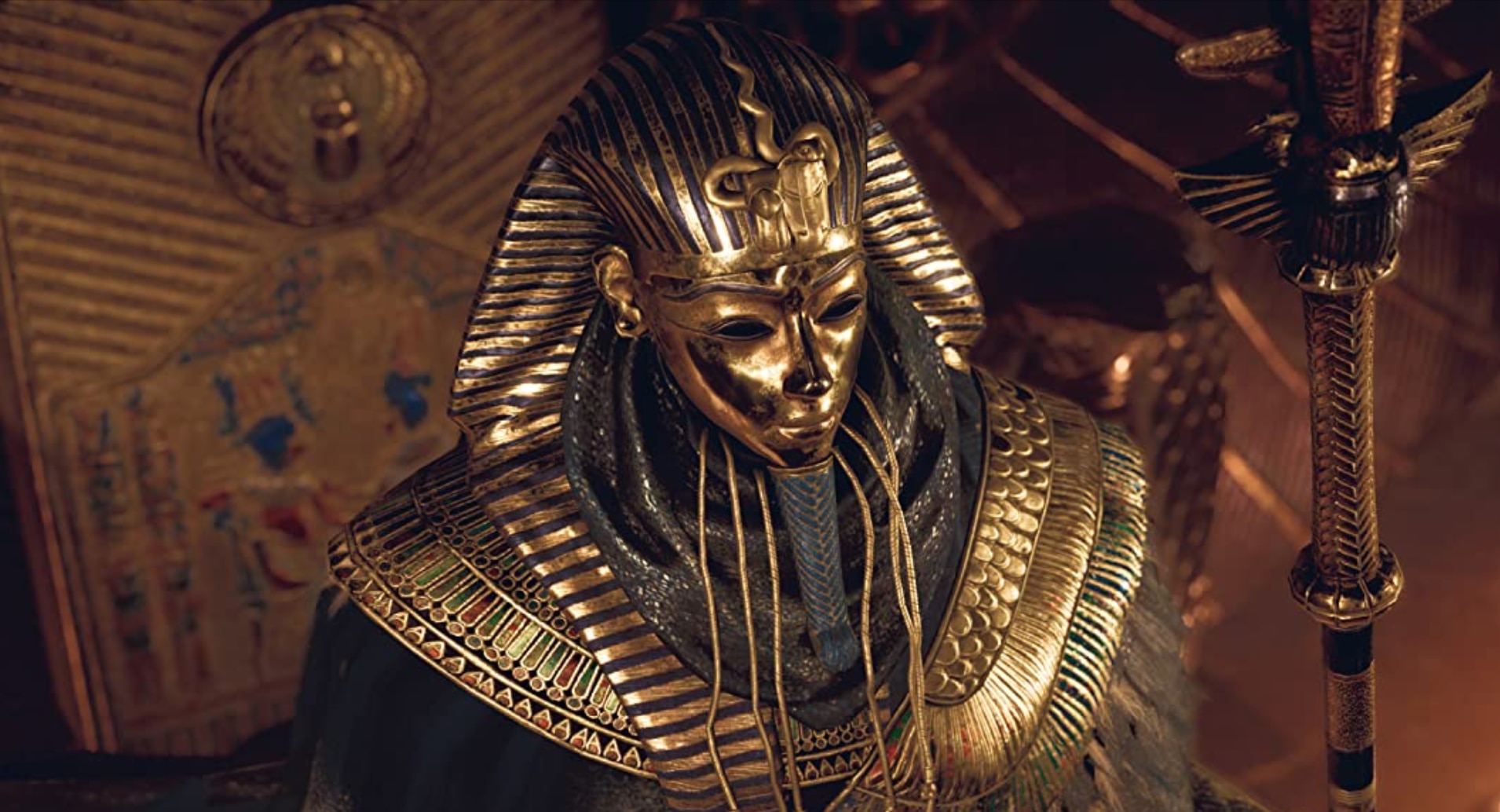Create a free profile to get unlimited access to exclusive videos, sweepstakes, and more!
59 mummies and mysterious gods have emerged from Egypt’s vastest necropolis

Ancient Egypt’s temples and pyramids along with the lotus flowers blooming on the banks of the Nile made it a magical realm for the living. Even in this earthly paradise, Egyptians were always looking ahead to the inevitable journey to the hereafter.
Sacred artifacts keep emerging from the sands of time. An archaeological find in the necropolis of Saqquara is the first significant discovery since the pandemic. Revealed were 59 Late Period mummies thought to be priests, senior statesmen or other individuals of high social standing (the most elaborate mummifications and funeral chambers were usually reserved for the upper echelon of society). They did not travel to the underworld alone. Buried with them were dozens of statues that included the lotus god Nefertem and dual god Ptah-Sokar.
“Saqqara is known as one of the richest necropolises of Egypt with tombs here dating from c. 2800 B.C. into the Roman era,” Salima Ikram, Distinguished University Professor and head of Egyptology at American University in Cairo, and also one of the world’s leading Egyptologists, told SYFY WIRE. “This find confirms the hidden wealth of Saqqara and its significance as one of Egypt’s most important and longest-lasting burial places for over 3,000 years.”
Saqquara is the vast necropolis of Memphis, the first capital of Egypt. This is where the iconic step pyramid of the pharaoh Djoser rises toward the heavens. While the first 13 sarcophagi were excavated several weeks ago, the addition of the other 46 and their treasure trove of grave goods have made this a monumental find. It was through a narrow hole that the burial chamber holding so many impeccably preserved mummies was discovered. Mostafa Waziri, General Director of the Supreme Council of Antiquities, believes that there are many more artifacts waiting to be found in the shadows.
Though there has been some controversy about the opening of the sarcophagus lid in public and on camera, this discovery, as Waziri told the Daily Mail, was made “by [an] Egyptian mission and Egyptian hands.”
The 26th Dynasty mummies come from a period otherwise known as the Egyptian Renaissance. Egypt had just come out of the last Assyrian invasion in 664 B.C. but soon flourished under the Saite line of pharaohs. Temples, literature and art bloomed during this prosperous era, as can be seen in the intricately painted faces and glyphs on the sarcophagi and the wrappings of the mummy that saw light for the first time in 2,600 years. Some of the coffins were even older.
“Groups of priestly coffins are attested from the Third Intermediate Period onward (Bab el Gasus, the recent find in Thebes). It is a safe and economical way of burying a group of people who are related either by family or by profession,” Irkam said. “It is hard to tell which god(s) these priests are related to without reading the texts. As Saqqara was the main cemetery for the city of Memphis, any god is possible. Bastet or Sekhmet are likely—maybe the latter, as she was the consort of Ptah and the mother of Nefertem.”
Nefertem and Ptah-Soker represent the most significant statues of deities found during this excavation. If you have ever seen the famous bust of Tutankhamun rising out of a lotus flower, it is actually the pharaoh in the image of Nefertem. Memphis was actually his worship center. Some gods would rise and fall with the dynasties, but Nefertem was worshipped throughout the history of ancient Egypt, from the Old Kingdom through the Late Period. Ptah-Sokar was especially popular during the late period. He was an amalgam of Ptah, the god of craftsmen and architects, and Sokar, the Memphite god of the dead.
It is possible that some of the priests found at the Saqqara site were dedicated to the worship of either Nefertem or Ptah-Sokar. Rituals for the gods depended on what they ruled over. Ptah-Sokar is not nearly as obscure as he might seem, though only one statue of him was found with the mummies. He is often depicted as having merged with Osiris, king of the underworld, as triple god Ptah-Sokar-Osiris. Whether he was associated with the funerary rituals for the priests in the sarcophagi remains unknown.
“Nefertem was a deity associated with creation and the offspring of Ptah and Sekhmet, so rebirth and resurrection rituals as well as new year festivals would have associations with him,” Ikram said. “There are hundreds of statues of Ptah-Sokar in museums in Egypt and across the world. Some of them would have papyrus rolls inscribed with funerary texts placed within cavities in the body or base.”
Now that the portal has been found, can only wait to see what emerges from Egyptian sands next.














